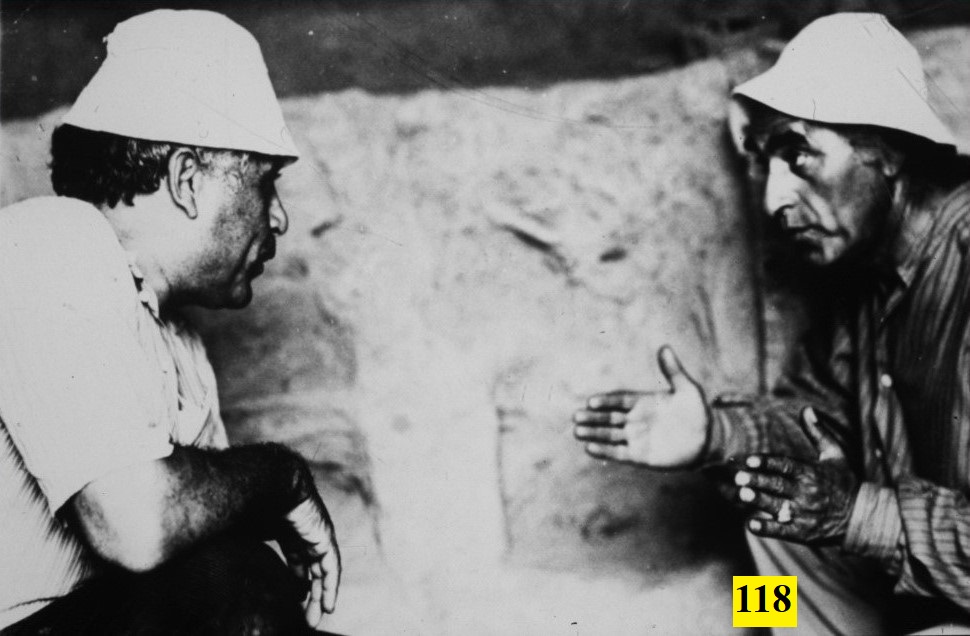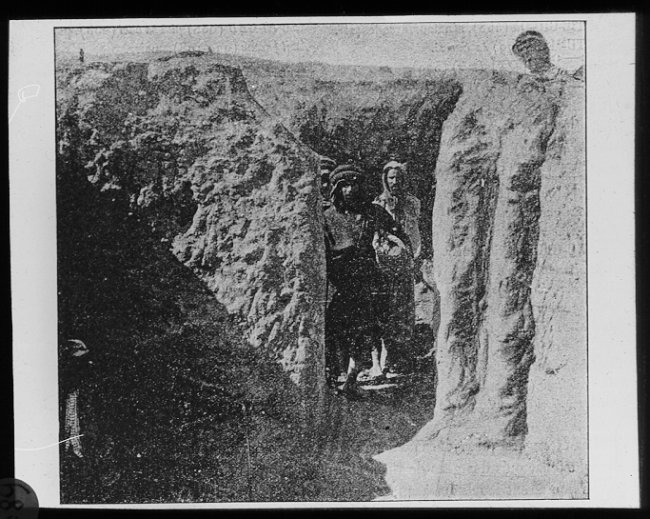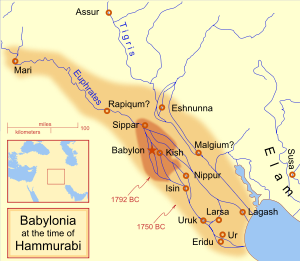Sippar (Sumerian: Zimbir) was an ancient Near Eastern city on the east bank of the Euphrates river, located at the site of modern Tell Abu Habbah in Iraq’s Babil Governorate, some 60 km north of Babylon and 30 km southeast of Baghdad.
Despite the fact that thousands of cuneiform tablets have been recovered at the site, relatively little is known about the history of Sippar. As was often the case in Mesopotamia, it was part of a pair of cities, separated by a river. Sippar was on the east side of the Euphrates, while its sister city, Sippar-Amnanum, was on the west. While pottery finds indicate that the site of Sippar was in use as early as the Uruk period, substantial occupation occurred only in the Early Dynastic period of the 3rd millennium BC, the Old Babylonian period of the 2nd millennium BC, and the Neo-Babylonian time of the 1st millennium BC. Lesser levels of use continued into the time of the Achaemenid, Seleucid and Parthian Empires.

The great Iraqi sculptor artist Muhammad Ghani Hikmat with Dr. Walid Al-Jader, head of the SPAR excavation mission, as they sat in front of the Sippar Library (Tel Abu Habba) maquette identical to it. This library was found during the excavations of an Iraqi archaeological mission from the University of Baghdad – Department of Archeology in 1983, and it consists of clay shelves built in a room in the temple of (Shamash)
Tell Abu Habba, measuring over 1 square kilometer was first excavated by Hormuzd Rassam between 1880 and 1881 for the British Museum in a dig that lasted 18 months. [3] Tens of thousands of tablets were recovered including the Tablet of Shamash in the Temple of Shamash/Utu. Most of the tablets wereNeo-Babylonian. The temple had been mentioned as early as the 18th year of Samsu-iluna of Babylon, who reported restoring “Ebabbar, the temple of Szamasz in Sippar”, along with the city’s ziggurat.

The tablets, which ended up in the British Museum, are being studied to this day.As was often the case in the early days of archaeology, excavation records were not made, particularly find spots. This makes it difficult to tell which tablets came from Sippar-Amnanum as opposed to Sippar Other tablets from Sippar were bought on the open market during that time and ended up at places like the British Museum and the University of Pennsylvania. Since the site is relatively close to Baghdad, it was a popular target for illegal excavations.
In 1894, Sippar was worked briefly by Jean-Vincent Scheil The tablets recovered, mainly Old Babylonian, went to the Istanbul Museum. In modern times, the site was worked by a Belgian team from 1972 to 1973. Iraqi archaeologists from the College of Arts at the University of Baghdad, led by Walid al-Jadir with Farouk al-Rawi, have excavated at Tell Abu Habbah from 1977 through the present in 24 seasons. After 2000, they were joined by the German Archaeological Institute



